Last updated on October 14, 2023 by Liza Hawkins
This easy slow roasted beef rump roast will become a favorite for Sunday dinner. Pair it with mashed potatoes, homemade gravy, and your favorite vegetable, and you’ll have a feast to delight!
Speaking of beef roasts, for a number of years my in-laws gave us a quarter cow as a “family” Christmas present. We’d get freshly butchered beef — ground, steaks, roasts, cubed, you name it — the deep freezer is stocked, and for the most part we’re able to eat off of it all year long.
Most of the roasts do well in the slow cooker, which I love. There’s nothing easier than throwing everything into one pot, setting the timer for eight hours, and then forgetting about it.
But sometimes I have a weekend that’s not so busy.
A Saturday where I have time to defrost a roast (many of my slow cooker roasts start frozen) and actually cook it slowly in the oven.
That’s right. The oven.
There are lot of wrong ways to cook a roast in the oven, particularly a cut like a beef rump roast.
That said, if you have the time to cook it low and slow, you’ll end up with tender, juicy deliciousness — something that tastes just like a fancier cut of beef. And your house will smell lovely, too.
Keep scrolling for my slow roasted beef rump roast recipe, but if you have a few minutes (and the interest!), next I’m going to walk through a few other popular cuts of beef to roast.
More Options for Cuts of Beef to Roast
Roasting beef in the oven is a time-honored tradition that dates back centuries. The dry heat of the oven works its magic, creating that delightful crust on the outside while keeping the inside juicy and tender. It’s a slow and steady cooking method that allows the flavors to develop beautifully.
If, like me, you’ve found yourself staring at the cuts of beef at the grocery store, snow blind about which to pick, you’re not alone. Here are some quick tips (and a little history) for choosing the right cut for the job.
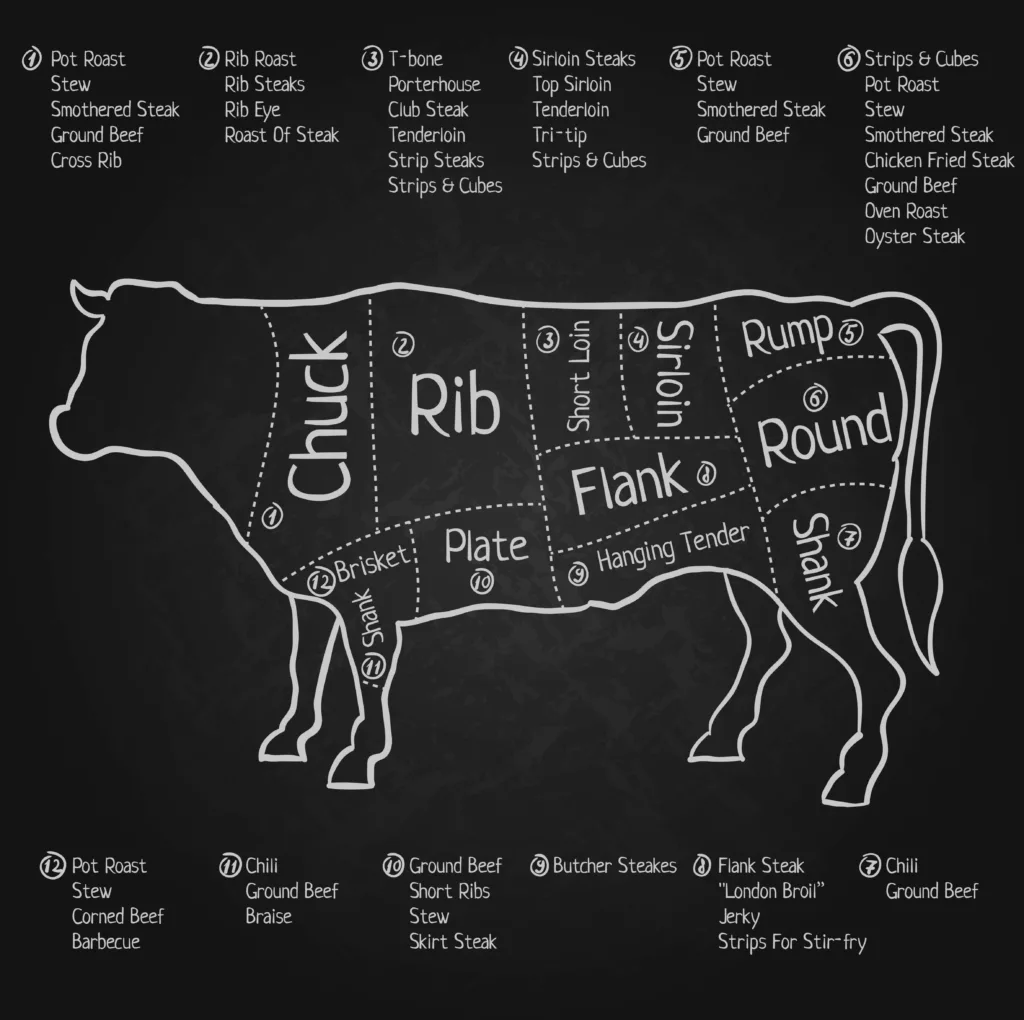
Prime Rib: Roast Royalty
Prime rib, also known as the standing rib roast, is the granddaddy of beef roasts. It’s the perfect choice for special occasions and holiday feasts. The reason?
Well, it’s marbled with fat, which means it’s incredibly flavorful and juicy. The bone-in variety adds even more flavor and acts as a natural roasting rack. Just season it with some salt, pepper, and herbs, pop it in the oven, and let the magic happen.
Tenderloin: The Filet Mignon Roast
Tenderloin, often seen as filet mignon when cut into steaks, is the most tender cut of beef. It’s the go-to choice for a special, elegant dinner. Roasting a whole tenderloin in the oven is a true indulgence since it’s rather pricey.
Season it with a simple rub of salt, pepper, and garlic, sear it in a hot pan, and then finish it in the oven. The result? A melt-in-your-mouth, buttery, and luxurious roast that’s perfect for celebrating life’s milestones.
Tri-Tip: Lean and Flavorful
Tri-tip, while not as famous as prime rib, is a fantastic choice for oven roasting. This triangular cut comes from the bottom sirloin, and it’s lean yet incredibly flavorful. It’s known for its tenderness and beefy taste.
Marinate it with your favorite flavors – garlic, rosemary, and a touch of olive oil – and roast it to perfection. You’ll have a delicious meal with leftovers for days.
Chuck Roast: The Budget-Friendly Hero
If you’re looking for a budget-friendly roast that’s big on flavor, the chuck roast is your best friend. This cut comes from the shoulder of the cow and is well-marbled, making it perfect for slow roasting. The low and slow cooking process breaks down the tough connective tissues, resulting in fork-tender, succulent meat.
Braise it with some red wine, broth, and root vegetables, and you’ll have a comforting pot roast that’s hard to beat.
Bottom Round: Another Budget-Friendly Winner
If you’re looking for a roast that’s both wallet-friendly and tasty, the bottom round is your go-to choice. This cut comes from the hind leg of the cow and, like the chuck roast, benefits from slow, moist cooking methods to unlock its full potential.
Season it with your favorite herbs and spices, then roast it low and slow in the oven. The result? A roast that’s tender, flavorful, and won’t break the bank.
Top Round: Lean and Versatile
The top round is another cut from the hind leg, but it’s leaner than the bottom round. It’s often used for roast beef sandwiches and thinly sliced deli meat. However, it can shine in the oven too. For a top round roast, a good seasoning rub is your best friend.
Add some garlic, thyme, and a dash of olive oil, and then roast it to perfection. Slicing it thinly after cooking makes it a great choice for sandwiches or an easy weeknight dinner.
A Final Word
Roasting beef in the oven is more than just cooking; it can be an art form. Each cut offers a unique flavor profile and texture, allowing you to tailor your roast to your preferences and the occasion. So, whether you’re going all out with a prime rib, opting for the budget-friendly chuck roast, or savoring the elegance of tenderloin, you can’t go wrong. With a little seasoning, some time in the oven, and a bit of patience, you’ll be rewarded with a roast that’s nothing short of perfection.
It’s amazing how a simple cut of meat can bring so much joy and satisfaction to the table. Happy roasting!
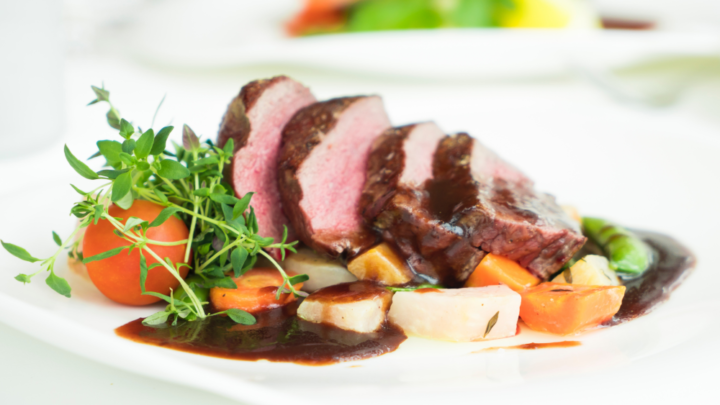
Slow-Roasted Beef Rump Roast
This easy slow-roasted beef rump roast will become a favorite for Sunday dinner.
Ingredients
- 1 3-pound rump roast*
- 1/4 cup Worcestershire sauce
- 3 garlic cloves, sliced
- 1 tablespoon sea salt
- 1 teaspoon black pepper
- 1 teaspoon canola oil
Instructions
- Make slits in the beef roast and stuff each with one of the garlic slices – 5 or 6 per side.
- Place the roast in a dish, pour the Worcestershire sauce over top, cover and then refrigerate for an hour or longer. Remove it from the fridge about 20 minutes before you’re ready to roast it.
- Preheat the oven to 425°F. Use a paper towel to coat the middle oven rack with the canola oil. Cover a baking sheet (one that has sides) with foil and set it on the bottom oven rack.
- Salt and pepper both sides of the roast, and then place it directly on the middle oven rack, over top the baking sheet (which will catch all the drippings).
- Roast for 30 minutes, then reduce the heat to 225°F and continue to slow-roast for another hour to 1.5 hours, or until the fat has browned and the internal temperature reads about 135°F for medium-rare.
- Remove the roast from the oven, tent it with foil, and let it rest for 15 minutes before serving. The temp will rise another couple degrees while it’s resting.
- Slice the roast thinly against the grain to maximize the tenderness.
Notes
*The roast I used was about 2.5 inches thick and rectangular in shape. Not all rump roasts are shaped this way, however. Ideally you should select a rump roast that’s rounder in shape, with a nice even layer of fat on top. The fat will help the roast baste itself during the cooking process. If you choose a rump roast that’s rounder, you might need to increase the cooking time by 30-45 minutes since it will be thicker. Using a digital probe thermometer will help ensure you get the cooking time just right, no matter the roast's thickness. My favorite is the ThermoPro digital thermometers.
Recommended Products
As an Amazon Associate and member of other affiliate programs, I earn from qualifying purchases.
-
 COSTWAY Single Door Chest Freezer 5.2 Cubic Feet Capacity Compact Freezer with Power on Indicator Light and Removable Basket (White)
COSTWAY Single Door Chest Freezer 5.2 Cubic Feet Capacity Compact Freezer with Power on Indicator Light and Removable Basket (White) -
 J.A. Henckels International 31161-201 CLASSIC Chef's Knife, 8 Inch, Black
J.A. Henckels International 31161-201 CLASSIC Chef's Knife, 8 Inch, Black - Wilton Perfect Results Premium Non-Stick Bakeware Cookie Baking Sheets Set, 2-Piece
-
 Pyrex Deep Baking Dish Set (6-Piece, BPA-Free Lids)
Pyrex Deep Baking Dish Set (6-Piece, BPA-Free Lids) -
 ThermoPro TP-17 Dual Probe Digital Cooking Meat Thermometer Large LCD Backlight Food Grill Thermometer with Timer Mode for Smoker Kitchen Oven BBQ, Silver
ThermoPro TP-17 Dual Probe Digital Cooking Meat Thermometer Large LCD Backlight Food Grill Thermometer with Timer Mode for Smoker Kitchen Oven BBQ, Silver
Nutrition Information:
Yield:
4Serving Size:
1Amount Per Serving: Calories: 770Total Fat: 41gSaturated Fat: 15gTrans Fat: 0gUnsaturated Fat: 19gCholesterol: 289mgSodium: 1874mgCarbohydrates: 4gFiber: 0gSugar: 2gProtein: 90g
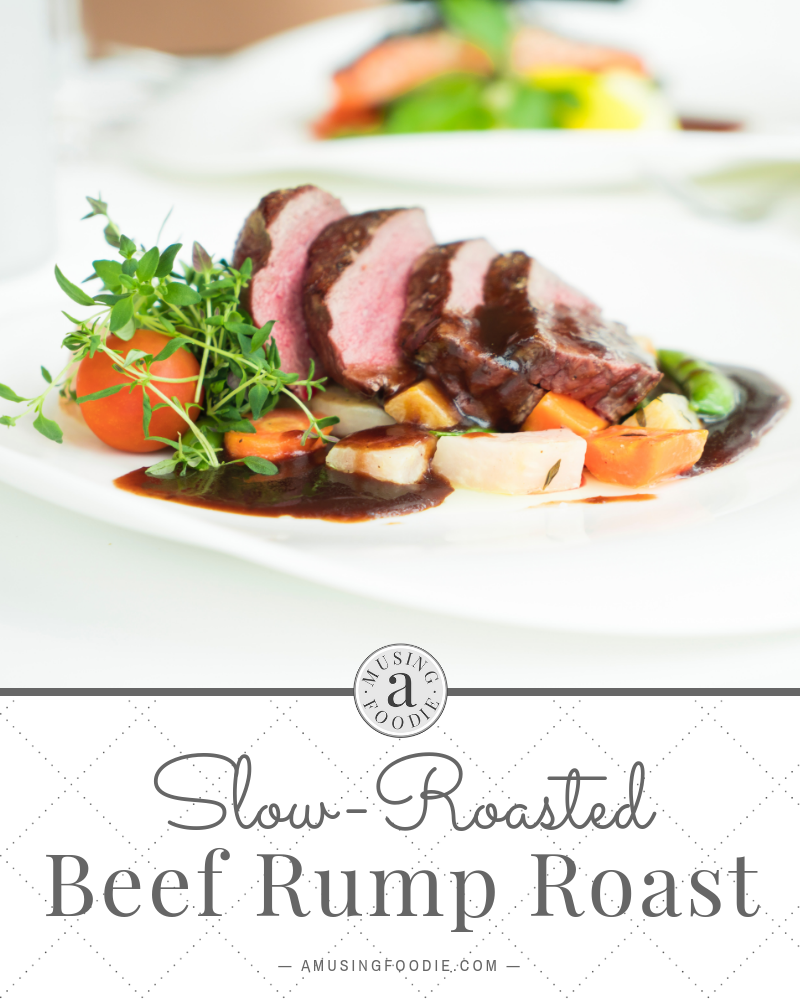
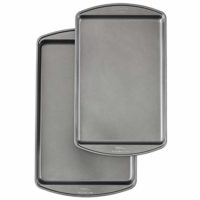
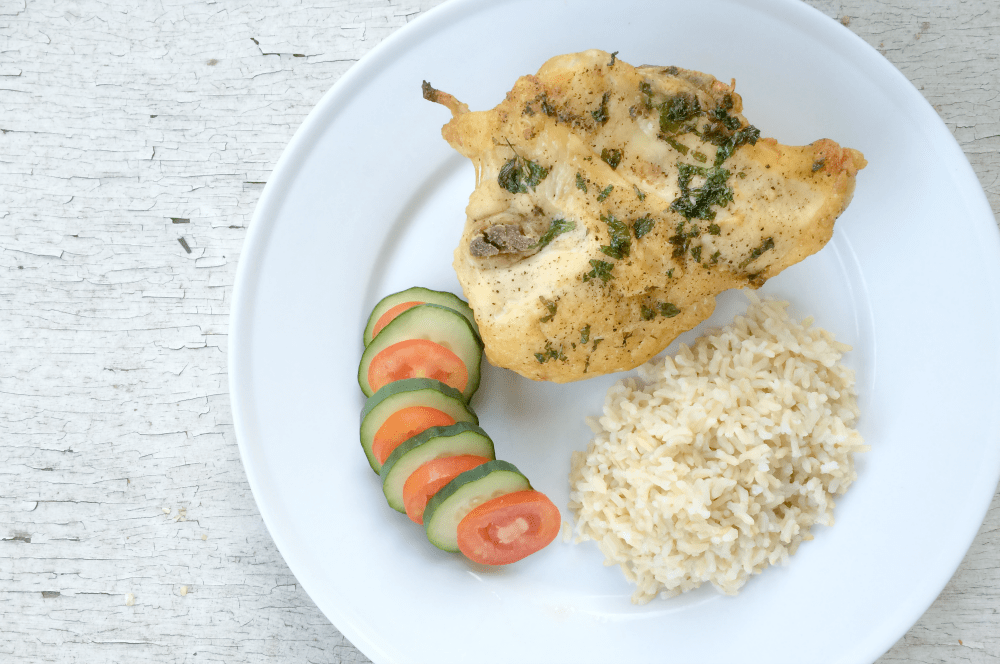
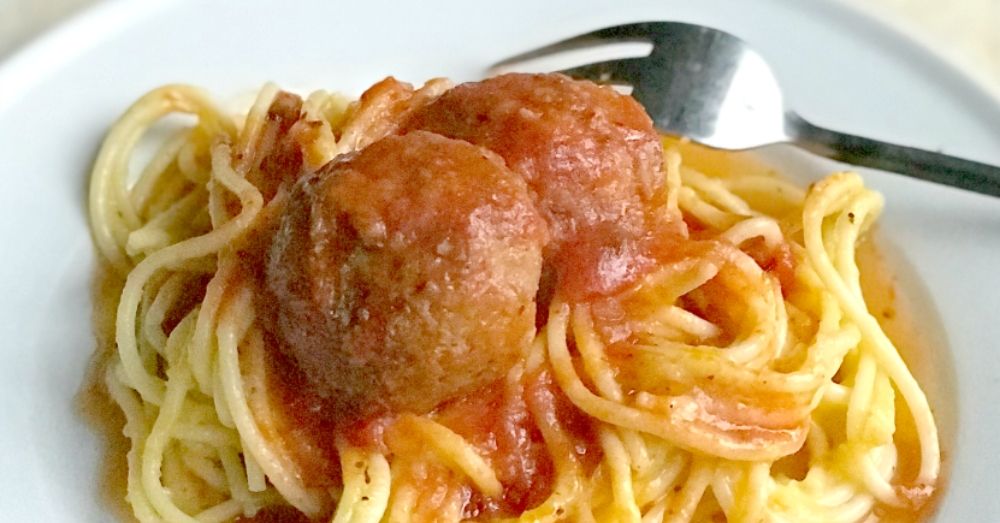
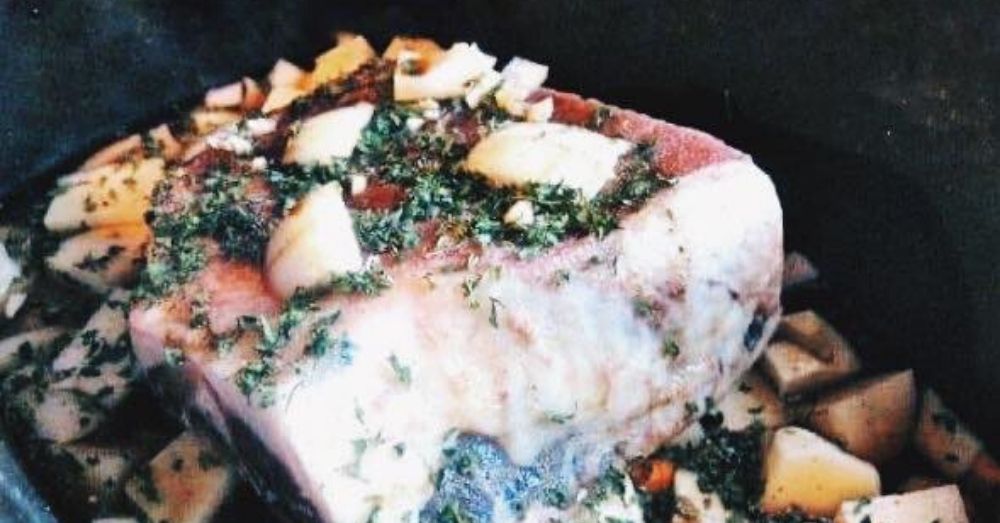
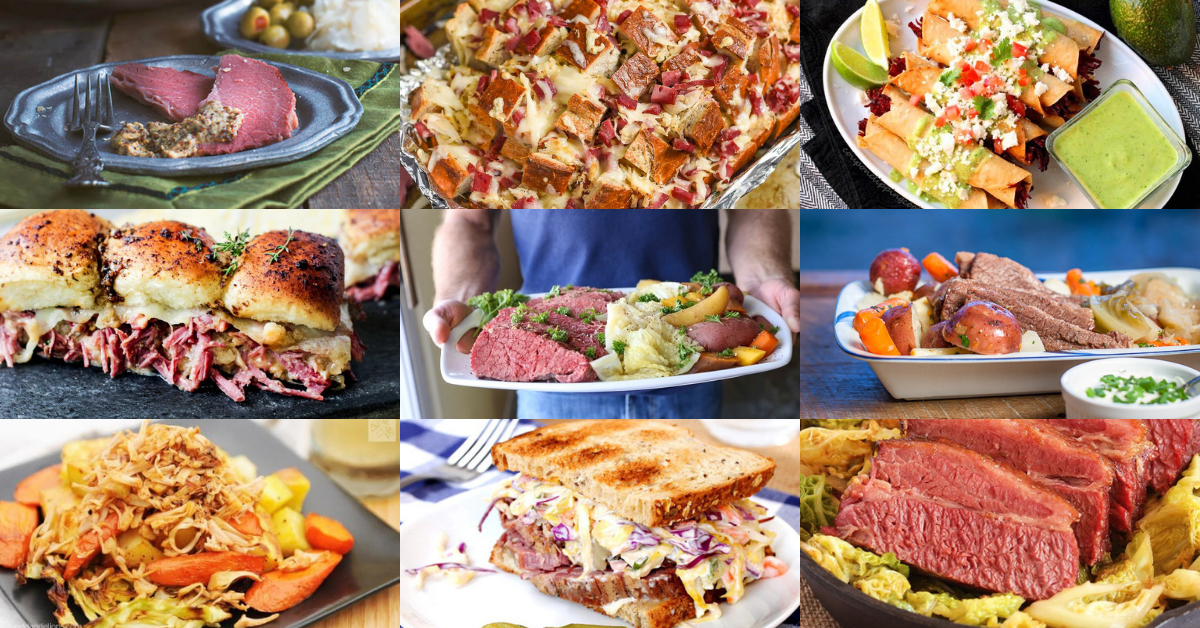
The recipe included in this post is quite different as I haven’t taste any bite of dish like this. After reading this post I came to know about various other aspects of cooking which are best from both aspect of life whether the matter is based on economical background or from taste